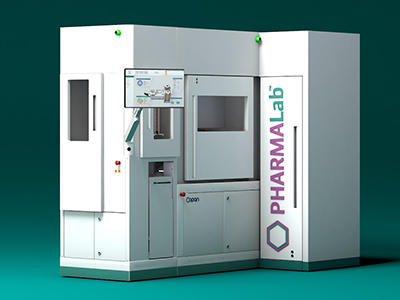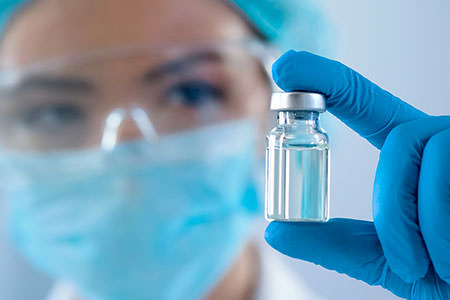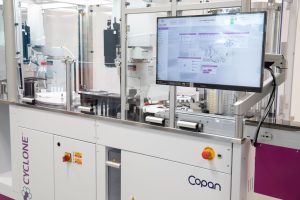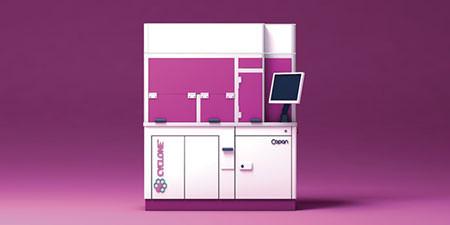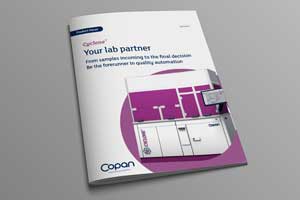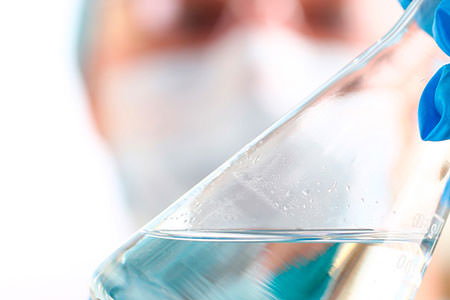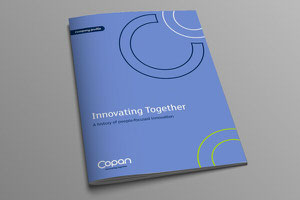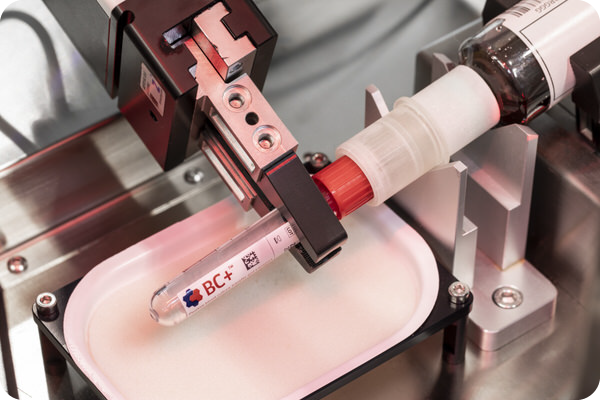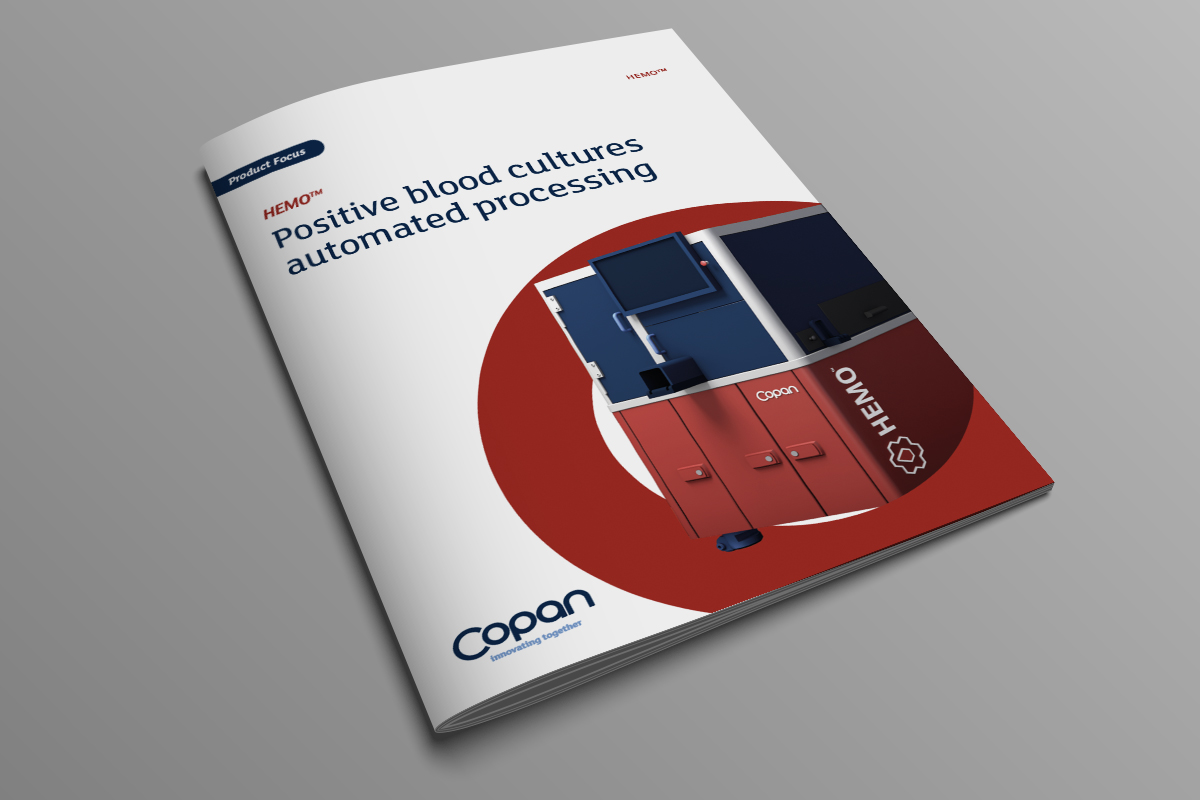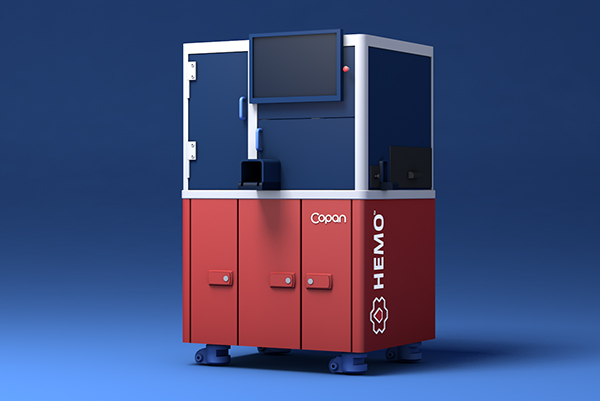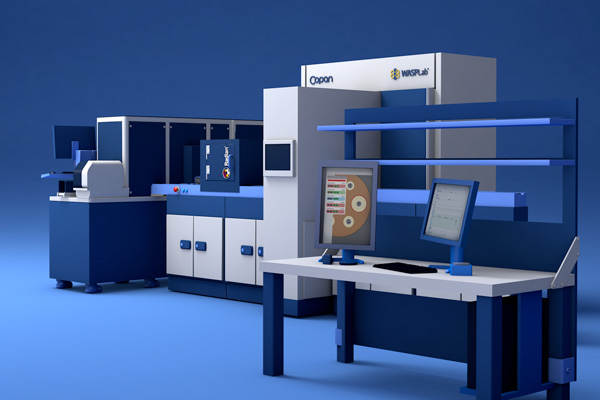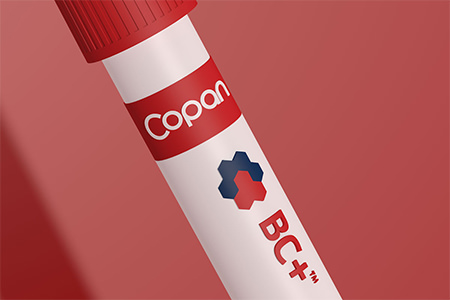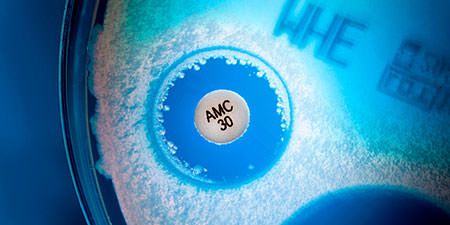News
Copan Newlab’s commitment to safer therapies
Innovation in the pharmaceutical industry goes beyond creating improved drugs; it also includes guaranteeing the safety of these products for patients. Today, we are excited to announce the launch of PharmaLab™, the fully automated platform aimed at transforming the processes of pharmaceutical Quality Control laboratories worldwide.
Why PharmaLab™?
PharmaLab™ represents a groundbreaking advancement in QC laboratory automation, providing a comprehensive solution for the entire quality control workflow – from plate handling and incubation to image analysis and reporting – built upon Copan’s decade-long expertise in clinical microbiology automation.
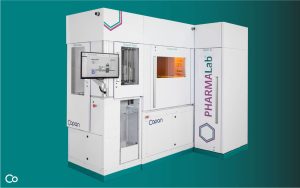
PharmaLab™ cutting-edge artificial intelligence, advanced hardware, and user-friendly functionality make it an indispensable asset for modern laboratories:
- Enhanced Data Integrity
- Increased Efficiency
- Improved Accuracy
- Cost Savings
- Scalability
Implementing PharmaLab™ is not just investing in a product – it means embracing a smarter, faster, and more efficient future for pharmaceutical Quality Control processes, avoiding costly recalls, and ensuring the safety of patients.
Discover more on the PharmaLab™ page, and contact us for more information:





